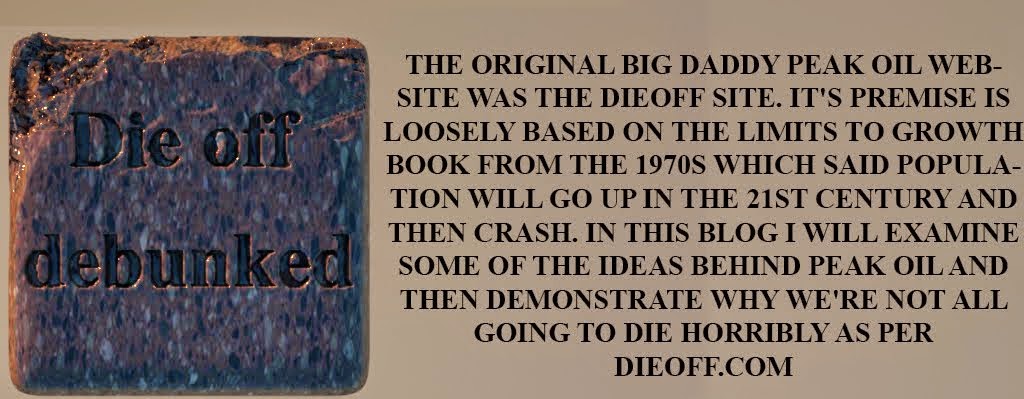Some non-believers in the techo-luddite camp believe that wind or other renewables cannot ever replace fossil fuel based power for the simple reason that the wind and/or sun blows/shines at inconvenient times vis a vis power demand.
Ignoring completely that electric vehicles will most likely be run off of batteries which are *stored power* and all by themselves will solve the intermittency problem, there is an already existing and *operational* technology that will also solve the problem.
Back in the 80s a man named Michael Nakhamkin designed the United State's first compressed air storage plant in McIntosh Alabama.
This plant was built for a small utility called Alabama Electric Cooperative.
The problem AEC had was that the power demand did not match the supply. (Sound familiar?)
What they had was that the supply vastly overwhelmed the demand at night. They were running a coal plant at night which provided way more electricity that could be used. Running the coal plant at lower capacity wasn't workable because coal plants are more efficient at 100% capacity and running it down created excess pollution. Then during the day, the plant couldn't provide enough power to meet demand and so AEC had to buy power from other companies at the vastly inflated marginal price. So what to do?
The solution was to create some sort of storage facility.
Luckily such a storage facility already existed in Huntorf, Germany and was fairly straightforward to copy for US implementation. It was a salt dome which was partly dissolved and resealed leaving a giant air compression chamber.
During off-peak times, electricity runs a compressor which pumps the air down into the cavern. Then, when energy is needed, the air is released from the reserve to power a fairly standard turbine, with a little help from natural gas. The system has worked for more than 25 years.
In 1991, when the plant went online, there were high hopes that the technology might catch on among utilities.
‘We expect the CAES plant technology pioneered in Alabama to lead to widespread application in this country,” said Robert Schainker, the manager of the Electric Power Research Institute’s Energy Storage Program in a press release announcing the plant’s completion. ‘Three fourths of the United States has geology suitable for underground air storage. At present, more than a dozen utilities are evaluating sites for CAES application.”
But with low fossil fuel prices and little intermittent renewable energy on the grid, there wasn’t much incentive for utilities to build the plants. The plant saved money for the Alabama Electric Cooperative, but it wasn’t “critical savings” as Nakhamkin put it.
“Rich people don’t talk about how to save five or 10 dollars,” he said.
So the salient points here are the following:
• Even at 1990s prices of electricty, salt dome compressed air storage was cost-competitive (and even saved some (small) amount of money.
• We don't *need* storage for the grid until 20% or greater as the European experience has shown
• 75% of the United States already has the necessary geology to do this.
• It wasn't done because the investment required to save a small amount of money was too great.
So it seems that there is no *practical* nor *technical* reason that it wasn't done. It was that electricity was TOO CHEAP to care about small savings.
So if as the doomers say, electricity prices have nowhere to go but up, then it will also become financially sensible to invest in this kind of storage technology which means there is no reasonable limit on how far we can scale up wind or solar.
And that's entirely ignoring other solutions such as the millions of electric car batteries soon coming online or the ability to ramp up storage into e.g. large refigeration facilities and let them run down overnight etc etc
Seems that the prognostications of doom based on forever rising electricity prices are, shall we say, somewhat of a stretch, hmmmm?

1 comment:
Lets hope youre right :)
Post a Comment